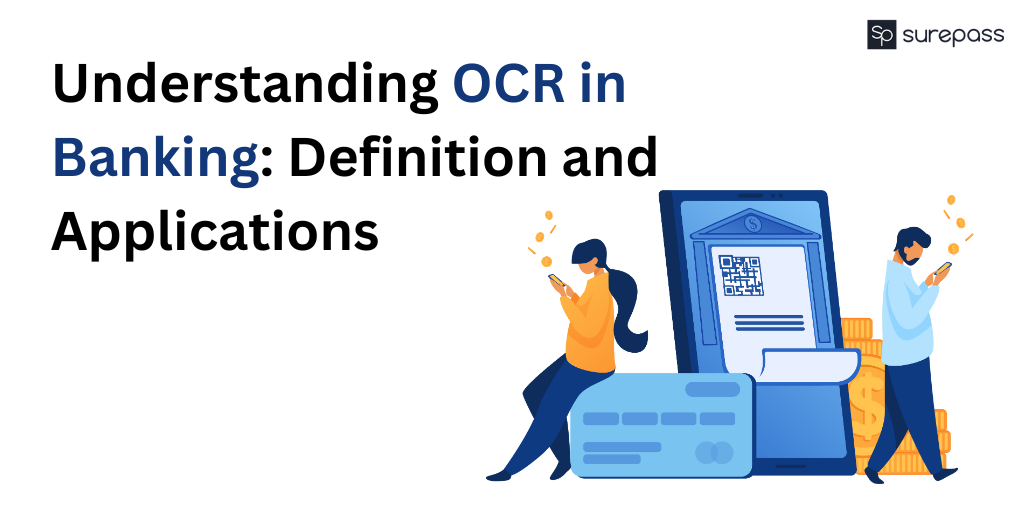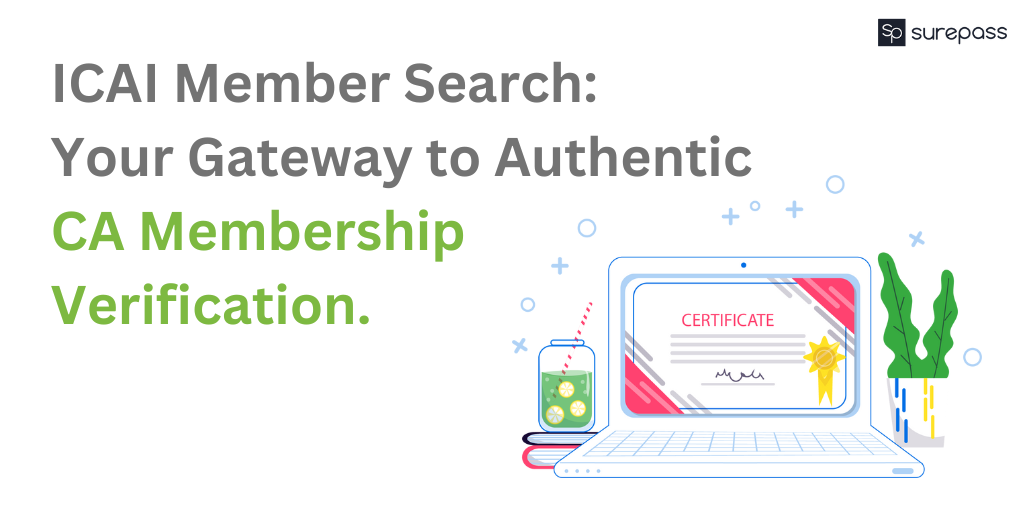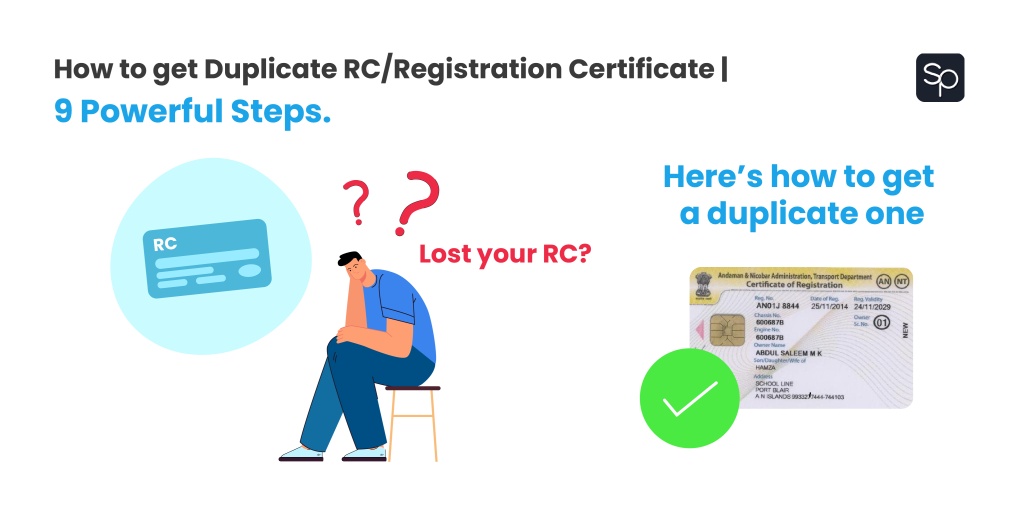What is OCR?
Optical character recognition (OCR) is the process of converting scanned documents and image-based data, such as handwritten, typed, or printed text, into a digital, machine-readable text format. The goal of the OCR process is to convert analogue text into digital text, or a format that a computer can encode. OCR is a straightforward yet effective technology that uses a straightforward idea to get results with a wide range of industrial applications, saving companies millions of dollars and labor hours.
OCR meaning in banking
OCR, or optical character recognition, is the process of employing technology to read text that has been scribbled or printed and placed into digital representations of the original documents, such scanned paper documents. The main purpose of OCR is to read text from a page and translate the characters into code that can be utilised for data processing. Text recognition (OCR) is another term for optical character recognition.
OCR systems employ a mix of hardware and software to turn physical documents into machine-readable text. Text is copied or read using hardware, such as an optical scanner or specialist circuit board, whereas complicated processing is often handled by software.
In order to do more sophisticated intelligent character recognition (ICR) tasks, such as language or handwriting recognition, the application can additionally leverage artificial intelligence (AI).
The most common application for OCR is the creation of PDFs from hard copy legal or historical documents. This soft copy of the document allows users to edit, format, and search it just like they would if they were using a word processor.
Using OCR technologies to extract and validate documents and IDs with automated systems that employ AI to do authentications of multiple fields like name, address, ID number, etc. is a wonderful way to leverage digital onboarding.
Automate your KYC Process & reduce Fraud!
We have helped 1000+ companies in reducing their user onboarding TAT by 95%
OCR in Banking- it’s working
OCR begins with using a scanner to process a document’s physical shape. After replicating every page, OCR software turns the document into a two-color, or black and white, format. Light regions of the scanned-in picture or bitmap indicate the background, while dark areas indicate characters that need to be identified. We look for patches of light and dark in these places.
After that, more analysis is done on the dark regions to look for any alphabetic or numeric digits. OCR algorithms employ a variety of techniques, most of which focus on one letter, word, or text block at a time.
OCR is based on three primary concepts: Pre-Processing, Character Identification, and Post-Processing.
- Pre-Processing: OCR makes sure that the scanned image or document is optimized before the crucial Machine Learning algorithms use their text identification and character recognition skills. By eliminating errors, enhancing the image, and eliminating distortions, this step increases the accuracy of recognition.
- Character Identification: Defining the data set that will be extracted is the first stage in this process. This process, called “Feature Extraction,” uses ML and Deep Learning engines to convert the data into machine-readable text by eliminating irrelevant information and extracting just the most crucial information.
- Post-processing: Post-processing is the process of correcting errors and enhancing accuracy. Many OCR applications are protected by lexicons. This forces the algorithm to verify and cross-check the results of a list of custom terms made for a particular sector or use case.
OCR in Banking- its Importance
OCR is an innovation that really is revolutionary. The many applications and features of OCR cannot be overstated. Document extraction digitizes everything, including identity from license plates and government documents like passports. OCR is even utilized by smartphone apps to help users with daily tasks that they perform often. While on vacation abroad, apps that translate foreign-language tourist signs into your native tongue are a great example of how OCR has revolutionized not just business and government use but also public education.
One could write a book on the advantages of optical character recognition (OCR). However, one industry in particular is banking that stands to gain the most from this technology.
Applications of OCR
There are several uses for OCR, some of them are as follows:
- Transferring printed documents into editable versions for word processors like Google Docs or Microsoft Word by scanning them.
- Search engine content is being indexed for print materials.
- Automation is being used for data entry, extraction, and processing.
- Translating written content from papers into speech for blind or visually impaired people.
- Preserving old materials in searchable media, such as phone books, periodicals, and newspapers.
- A bank teller is not necessary when using computerized cheque depositing.
- Signing and storing important legal documents in an electronic database.
- Recognizing text, such as license plates, using a camera or software.
- Arranging letters according to the destination before sending them.
- Images have their words translated into a particular language.
OCR in banking in the digital era
Banks are switching from paper-based document management to digital repositories in the digital age. By facilitating the transformation of physical documents into searchable, computer-readable digital representations, OCR plays a crucial part in this shift. This makes document sharing, storage, and retrieval more effective for both clients and bank staff.
OCR technology can assist AI-driven chatbots in more effectively comprehending and handling client enquiries. From client messages, it may extract pertinent data to speed up answers.
In order to enable clients to deposit checks by just snapping a photo of them with their cellphones, OCR technology has been incorporated into mobile banking apps. By reading the data from the check and processing the deposit digitally, the OCR technology eliminates the requirement for in-person or ATM deposits.
How would Surepass OCR based document verification solution help you?
Surepass’s Document Verification solution based on an API-based platform helps in user onboarding and identity verification in many ways. Using our OCR-based document verification will help you in the smooth functioning of the banking system.
- Data entry done manually is automated.
- Quicker data processing
- Unaffected by any human error
- Collaboration on data is made easier via cloud storage as it increases efficiency and saves time.
- Cost-efficient
- Increases the stability and security of data.
If this piece of information helped you, check our wide range of products on Surepass website for the efficient functioning of your business.







Sanidhya Arora
Sanidhya is a dynamic individual with a passion for Marketing/Branding. With 1.8 years of experience, He has demonstrated expertise in SEO and social media handling. He is known for dedication towards his work, and his dedication and commitment have led to successful outcomes. A lifelong learner, he continues to expand his knowledge and skills to stay at the forefront of Marketing industry. Sanidhya is driven by a strong desire to make a positive impact.
More posts by Sanidhya Arora